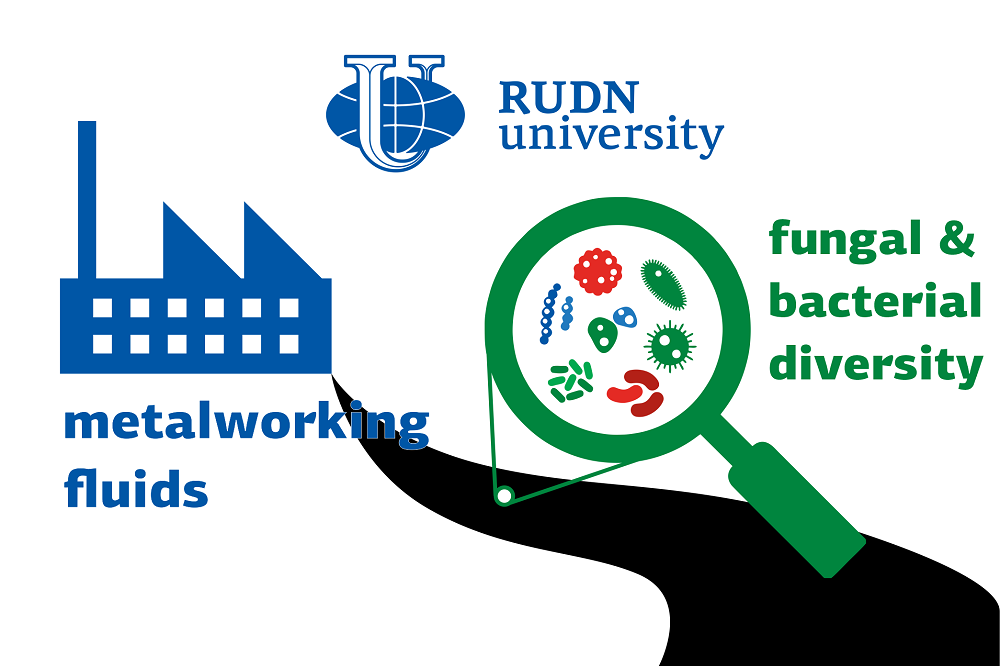RUDN Biologists Study Live Microorganisms in Toxic Liquids for Metalworking
Metal parts during processing must be lubricated, cooled and protected with special liquids. Large factories annually use thousands of tons of such cutting fluids (coolants), which must be disposed of after use. Liquids are toxic, which makes it impossible to dispose of them with household waste. Once in the water, they make it dangerous to the environment. Microorganisms can cope with this problem. They can “digest” toxic residues and make water safer. This process is called biodegradation. To find such microorganisms, you need to find out which of them are able to survive in a toxic environment. To do this, RUDN biologists determined the composition of the microbiota in the coolant.
“Metalworking fluids are used to lubricate, cool and remove metal chips in turning, milling, boring, grinding, drilling and other operations. The disposal of such liquids is a serious problem. To reduce environmental damage, new methods are needed. Artificial introduction of cultures of microorganisms can accelerate the decomposition of used fluids. Therefore, we decided to study the fungal and bacterial microbiota of the waste fluids,” Sergey Elansky, Doctor of Biology, Professor at RUDN University’s Agrobiotechnological Department.
Biologists studied 9 types of liquids obtained from various metalworking enterprises using two methods. The first one is the traditional method of isolating pure cultures. The second is next generation sequencing (NGS). Using NGS, bacteria of 18 genera and fungi of 17 genera were identified that can grow in the coolant. Pure cultures of microorganisms were tested for growth in 6 different cutting fluids. The most active microorganisms for the biodegradation of waste liquids were selected — they turned out to be fungi of the genus Fusarium.
“Data on the species composition of microorganisms in waste metalworking fluids will allow us to develop specific and highly sensitive test systems that can be used to search for and evaluate the concentration of the most active degrading microorganisms. This will optimize and reduce the cost of waste coolant disposal,” Elena Chudinova, PhD, Head of the Laboratory for Molecular Analysis of Microorganisms at RUDN University.
The results are published in the Journal of Cleaner Production.
Products derived from microalgae represent a cutting-edge development in the field of bioeconomy. The potential of this biological resource was discussed at the international research seminar “Foundations for a Green Sustainable Energy”, part of the BRICS Network University’s thematic group on “Energy”. The event was organized by the Institute of Ecology at RUDN University.
Ambassadors of Russian education and science met at a conference in RUDN University to discuss how they can increase the visibility of Russian universities and research organizations in the world, and attract more international students in Russia.
The international scientific seminar hosted by RUDN Institute of Ecology “Experience of participation in student organizations as a way to form career skills” united scholarship recipients of the International Student Mobility Awards 2024 and Open Doors, along with members of the scientific student society “GreenLab” and the professional student association “Kostyor (Bonfire)” shared their projects focused on environmental protection.
